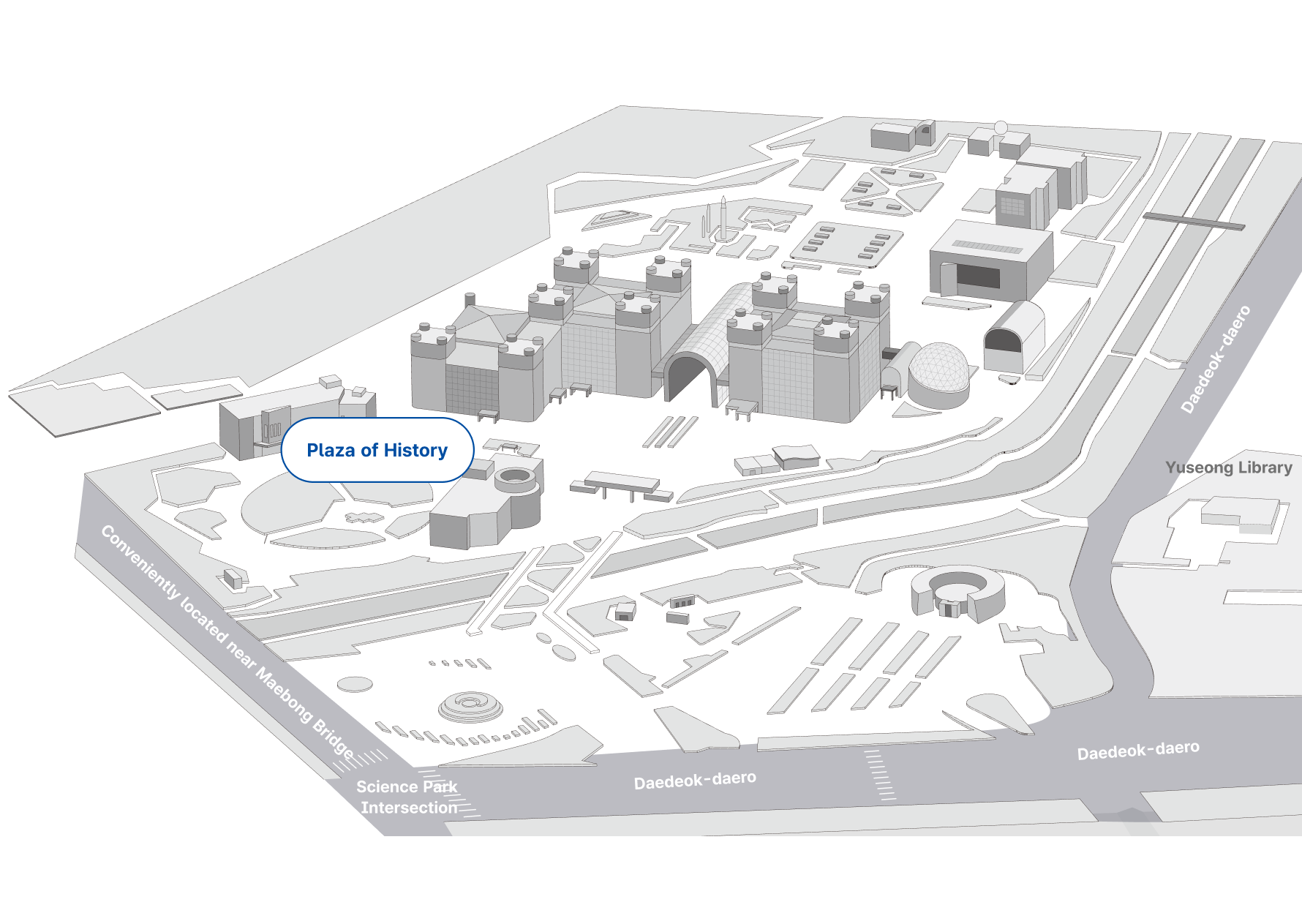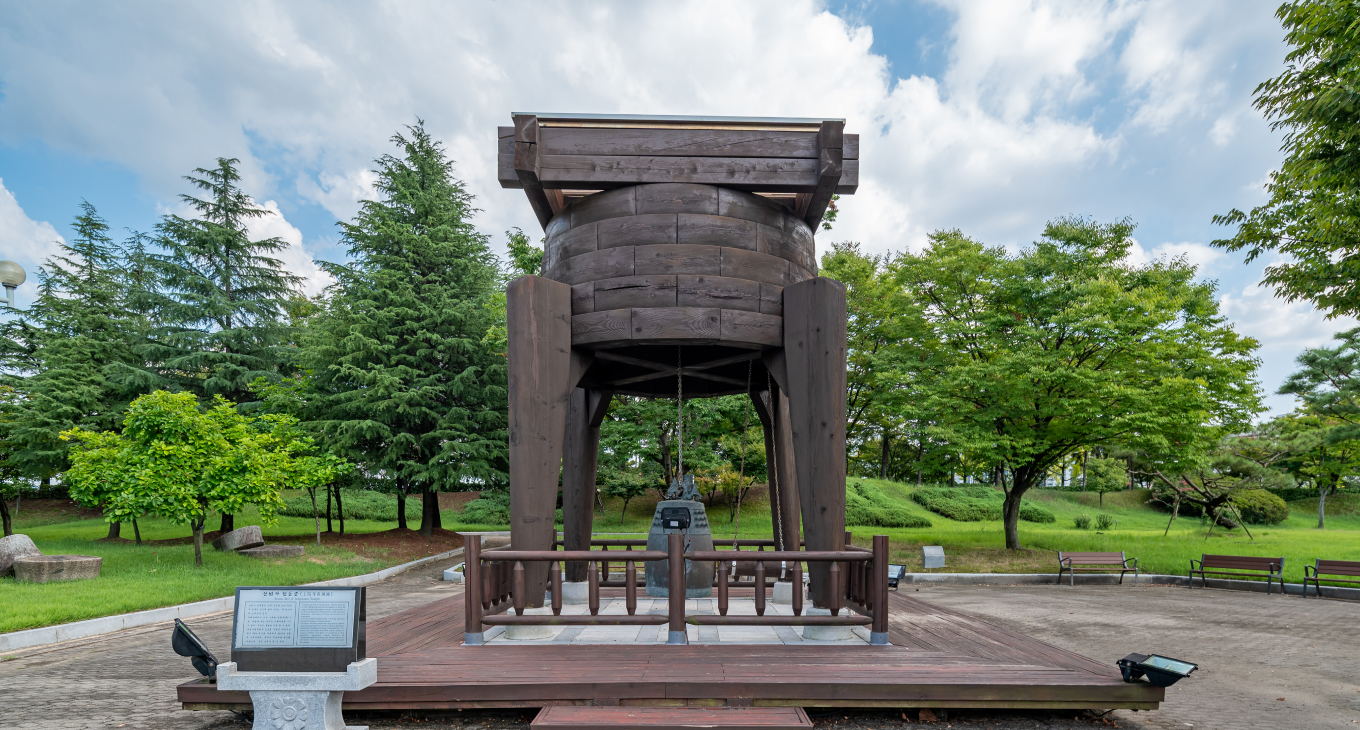Outdoor Exhibits
Exhibition Guide

Outdoor Exhibit - Plaza of History
Situated at the front of the Science Museum, the Plaza of History includes the Water Science Park, where visitors can explore scientific concepts through fun, water-based activities. The plaza also displays historical artifacts that highlight the nation’s remarkable scientific and technological achievements, making it a perfect place to learn and unwind.







